The Future of AI in Textile and Apparel Manufacturing

The textile and apparel industry, a cornerstone of global economies, has always been shaped by technological progress. From the mechanical looms of the Industrial Revolution to the computerized systems of today, innovation has been a constant. Now, we stand at the precipice of a new era – one where artificial intelligence (AI) is set to transform the way we design, produce, and consume clothing.
The future of AI in textile and apparel manufacturing is bright, promising unprecedented efficiency, creativity, and sustainability across the entire value chain. Imagine AI-powered systems that can analyze mountains of data to pinpoint upcoming fashion trends with remarkable accuracy. This would allow designers to craft collections perfectly aligned with consumer desires, minimizing waste and overproduction.
Picture cutting-edge AI robots flawlessly executing intricate fabric cuts and sewing garments with unmatched precision, increasing production output while reducing reliance on manual labor. Envision intelligent quality control systems, where AI-driven cameras catch the slightest fabric flaws or garment imperfections that the human eye might miss.
The future of AI in textile and apparel manufacturing isn’t limited to production – its potential extends throughout supply chains. Think of AI algorithms forecasting market shifts, optimizing inventory levels, and recommending the fastest, most cost-effective shipping routes. AI holds the key to greater responsiveness and adaptability within a complex global industry.
This revolution has already begun. As AI technology matures, its impact on the textile and apparel industry will only deepen, paving the way for a more efficient, sustainable, and consumer-centric future.
Design and Trend Forecasting
The future of AI in textile and apparel manufacturing holds immense promise for revolutionizing design and trend forecasting. AI will move beyond analyzing readily available data and begin to predict fashion movements. By mining vast datasets of visual imagery, consumer behavior, social media conversations, and even global events, AI systems will uncover hidden patterns and correlations. This will empower designers to anticipate not just what’s trending now, but what will ignite consumer desires in the future.
Imagine AI tools that can generate original designs based on specific themes or moods while factoring in predicted color palettes and fabric trends. AI-assisted ideation will expand creative boundaries while ensuring designs stay grounded in commercially viable directions. This seamless blending of data-driven insights and human ingenuity will result in collections that feel both fresh and market-ready.
The advantages extend beyond forecasting. AI-powered personalization tools will analyze individual style preferences. Design processes will become more inclusive as AI helps predict the success of collections tailored for diverse markets and demographics. The future of AI in Textile and Apparel Manufacturing promises a design landscape where data empowers creativity, ensuring brands stay one step ahead in an ever-evolving fashion world.
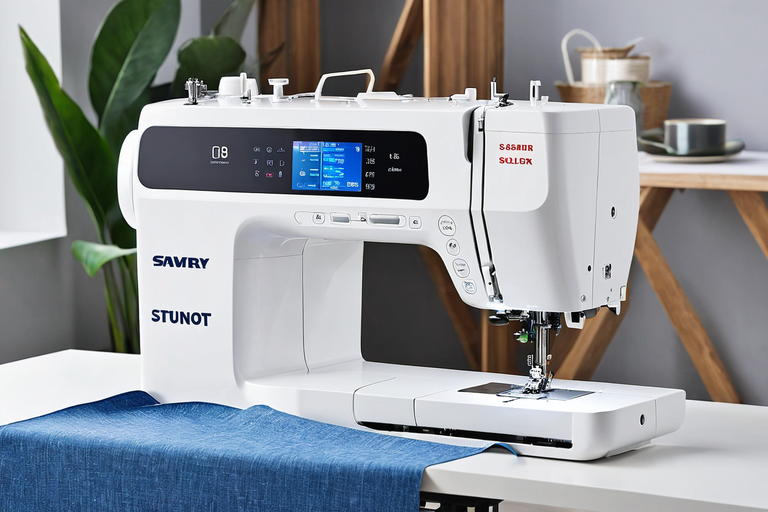
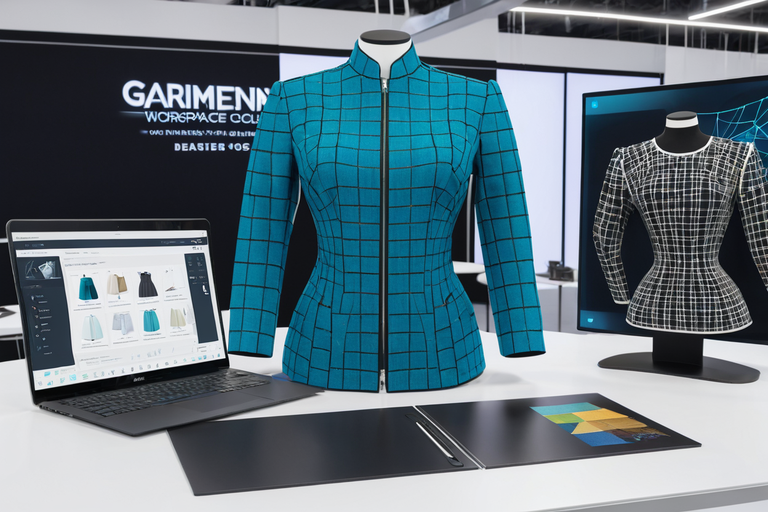
Production and Automation: AI's Transformative Impact
The future of AI in Textile and Apparel Manufacturing holds particular promise when it comes to production and automation. As AI technology advances, we’ll witness robots that go beyond repetitive tasks to perform increasingly complex actions. We’re talking about robots that understand intricate fabric patterns for flawless cutting and handle delicate sewing with unparalleled precision. The net result – dramatically increased efficiency, speed, and output.
But, AI’s impact doesn’t stop at just operating machines. Imagine AI-powered systems that learn from vast amounts of production data to pinpoint inefficiencies, predict potential machine failures before they occur, and recommend adjustments for maximum output. This translates into fewer costly disruptions, reduced waste, and an overall smoother production flow.
The future of AI in Textile and Apparel Manufacturing isn’t about replacing human workers, but rather augmenting their capabilities. AI can handle mundane, repetitive tasks, allowing humans to focus on the more skilled, nuanced aspects of garment production. This human-AI partnership will drive a manufacturing process that is both more productive and rewarding for the workforce.
Quality Control with AI in Textile and Apparel Manufacturing
In the world of textile and apparel manufacturing, quality control is paramount. While skilled workers are essential, microscopic flaws and inconsistencies are easily missed by the human eye. This is where the future of AI in textile and apparel manufacturing comes into play.
AI-powered computer vision systems represent a game-changer for quality control. Imagine high-resolution cameras integrated with machine learning algorithms, trained to detect even the tiniest defects in fabric – discoloration, loose threads, uneven stitching, variations in thickness – far beyond the capability of traditional human inspection. Unlike humans, these intelligent systems never tire and maintain consistent quality standards, minimizing waste and increasing customer satisfaction.
But the potential of AI doesn’t end with detection. AI can analyze the root causes of defects. It can monitor manufacturing processes in real time, identifying patterns and correlations between quality issues and production variables like temperature, machine settings, or raw material variations. Armed with these insights, manufacturers can pinpoint problems, optimize their processes, and prevent recurring defects.
AI’s quality control revolution even extends to virtual garment design and fitting. Highly accurate 3D rendering technology, combined with AI algorithms, can precisely simulate the draping and movement of fabrics on virtual models. This enables brands to identify any irregularities in fit or potential inconsistencies with a design before a single item is physically produced, reducing sample waste and ensuring a polished final product.
The future of AI in textile and apparel manufacturing is all about precision married with proactive, data-driven decision-making. As this technology advances, we can expect AI-driven quality control to become essential for ensuring flawless products, reduced waste, and a stronger competitive edge in the global marketplace.


Supply Chain Optimization: AI as the Game-Changer
The future of AI in Textile and Apparel Manufacturing shines brightly on supply chain optimization. This global, complex network of sourcing, production, and distribution often grapples with visibility and efficiency issues. AI steps in to revolutionize this sector with extraordinary capabilities.
First and foremost, AI’s power lies in analyzing colossal amounts of data. Imagine AI algorithms sifting through real-time information on raw material availability, factory production capacity, logistics routes, and ever-shifting consumer demand. The result? Unmatched forecasting abilities that allow for proactive, rather than reactive, supply chain management. AI will pinpoint potential bottlenecks before they cause costly delays, suggesting alternative suppliers or shipping routes.
Moreover, optimizing inventory levels is key to avoiding overproduction and waste. AI-driven solutions create highly accurate demand forecasts, ensuring the right products are in the right place at the right time. This results in reduced storage costs and fewer unsold items ending up in landfills.
The future of AI in Textile and Apparel Manufacturing is about intelligent supply chains. They’ll be remarkably efficient, minimizing costs, boosting responsiveness to market needs, and ultimately driving a more sustainable approach within the industry. AI won’t just change how supply chains work, it will redefine their very purpose.
Personalization and Customization: The AI-Powered Bespoke Experience
The future of AI in textile and apparel manufacturing holds the promise of a deeply personalized shopping experience. Consumers are moving away from mass-produced, one-size-fits-all garments and towards unique products that reflect their individuality. AI stands ready to power this revolution.
AI-driven recommendation engines can delve into a customer’s shopping history, browsing patterns, and body measurements to suggest styles and fit that genuinely resonate with their preferences. This eliminates the frustration of sifting through unsuitable options, streamlining the purchase process. But AI’s potential extends far beyond recommendations.
Imagine AI-powered design tools that transform customers into co-creators. They could select fabrics, colors, and patterns, and even customize elements like pockets, collars, and embroidery. This level of customization not only empowers customers to express their style but could also lead to more mindful consumption. AI is also poised to revolutionize on-demand manufacturing. By integrating with 3D body scanning technology, AI algorithms can generate perfect-fit patterns, drastically reducing waste from ill-fitting garments.
The future of AI in textile and apparel manufacturing is one where individuality reigns supreme. AI is not merely enhancing the process, it’s fundamentally changing the relationship between consumers and clothing, ushering in an era of highly personalized, satisfying fashion experiences.

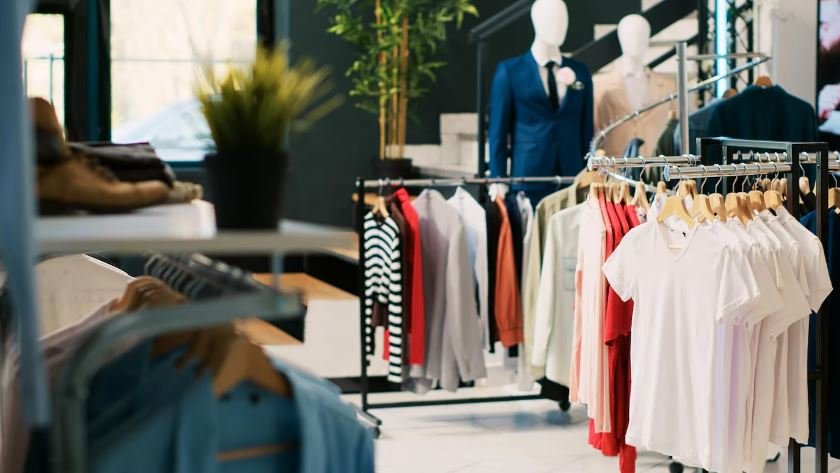
Sustainability: The AI-Driven Frontier in Textile and Apparel Manufacturing
Within the context of “The Future of AI in Textile and Apparel Manufacturing”, sustainability stands as one of the most critical and exciting areas for AI innovation. As consumers demand greater environmental responsibility, AI offers sophisticated solutions to reduce the industry’s impact on the planet.
AI systems can analyze vast amounts of data to optimize production processes for minimal energy and water consumption. By identifying and eliminating inefficiencies, AI can help factories significantly reduce their resource usage. Moreover, AI has the potential to revolutionize the way we design and select materials. AI-powered tools can analyze the sustainability profiles of various fibers and fabrics, guiding manufacturers toward more environmentally conscious choices.
Furthermore, AI can play a crucial role in promoting textile recycling and upcycling. By accurately sorting and categorizing used fabrics, AI can facilitate their reuse in new products, minimizing waste sent to landfills. AI may even help develop new materials from recycled fibers with desirable qualities.
Finally, the ability of AI to track a garment’s lifecycle is invaluable. Consumers can make conscious purchasing decisions with transparent information provided by AI-powered systems on the environmental and social impact of a product, from raw material sourcing to final purchase.
The integration of AI for sustainability promises a textile and apparel industry that is not just efficient and profitable, but truly responsible.
A Bright and Transformative Horizon
The integration of AI into the textile and apparel industry marks a significant turning point. It’s no longer a question of if, but how manufacturers will leverage AI’s remarkable potential. From AI-inspired design concepts and hyper-accurate trend forecasting to the automation of meticulous tasks, AI enhances both creativity and efficiency across the board.
AI’s ability to optimize complex supply chains and champion waste reduction speaks to a future focused on sustainability. As consumer demands for personalization rise, AI stands ready to power customized recommendations and even facilitate the co-creation of garments.
The future of AI in textile and apparel manufacturing is undoubtedly bright. It promises a more efficient, innovative, and sustainable industry—one that seamlessly blends technological advancement with the timeless art of creating fabrics and clothing. Manufacturers who embrace AI will gain a decisive competitive edge and drive the industry forward into a new era of intelligent production and customer-centric approaches.

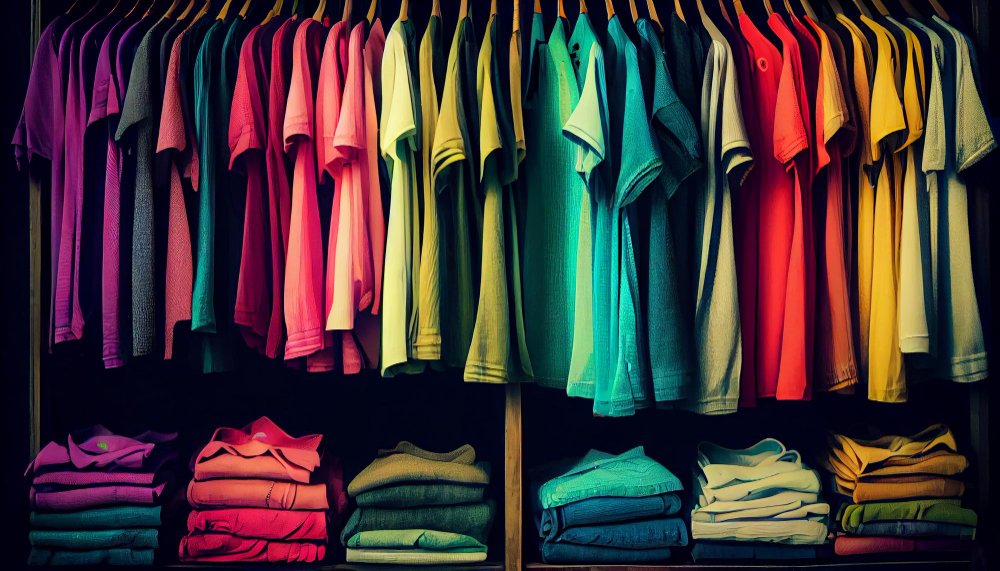
F&Qs
A: The cost of implementing AI can vary depending on the specific solution and its complexity. There are cloud-based AI platforms that offer accessible pricing models, even for smaller businesses. Additionally, the potential ROI in efficiency gains, reduced waste, and improved quality can quickly offset the initial investment.
A: AI is primarily designed to automate repetitive and potentially error-prone tasks, freeing up human workers to focus on more creative and strategic areas. This collaboration between humans and AI can lead to higher overall productivity and job satisfaction.
A: Yes! AI solutions can analyze data patterns to help optimize production, reduce waste, track materials, and improve decision-making for sourcing sustainable textiles. This can significantly reduce the industry’s environmental impact.
A: Choose reputable AI solution providers who prioritize data security. Look for platforms and systems that have strong cybersecurity measures like encryption, access control, and regular security audits in place.
A: Start by identifying a specific area in your operations where AI could bring the most value (e.g., quality control, inventory management). Research available AI solutions, potentially consult experts in the field, and consider starting with a pilot project to assess its feasibility.








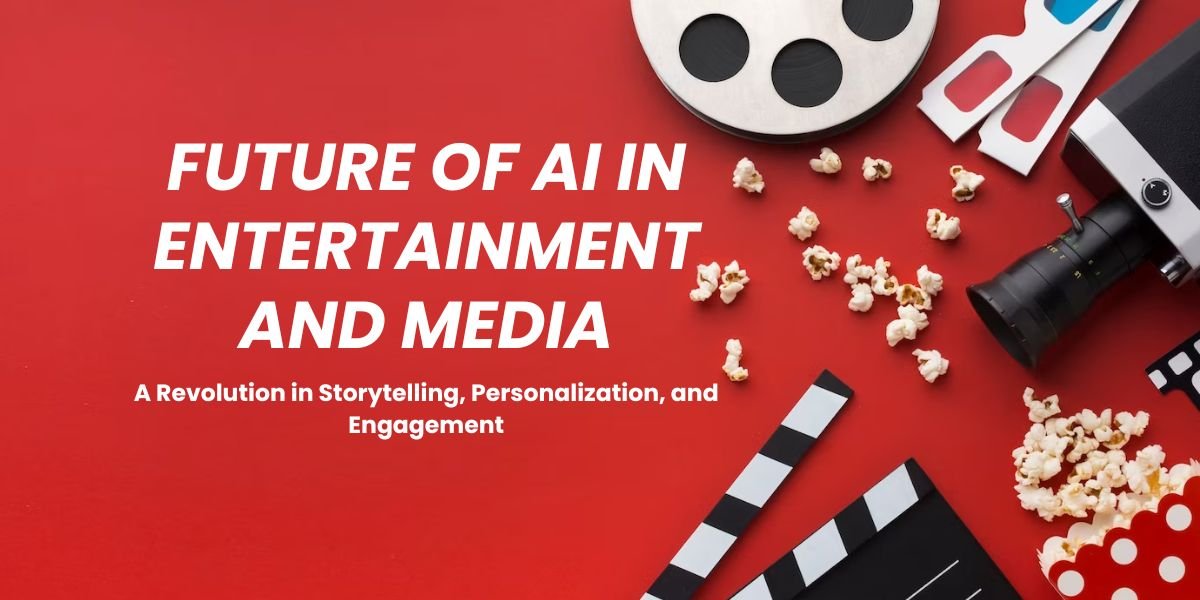
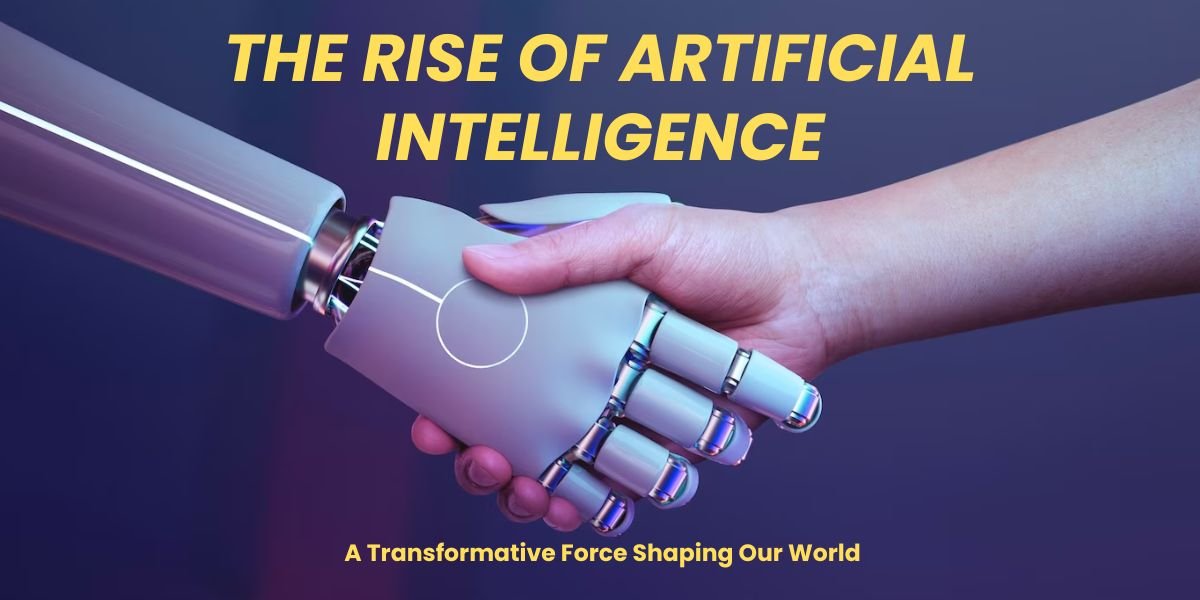

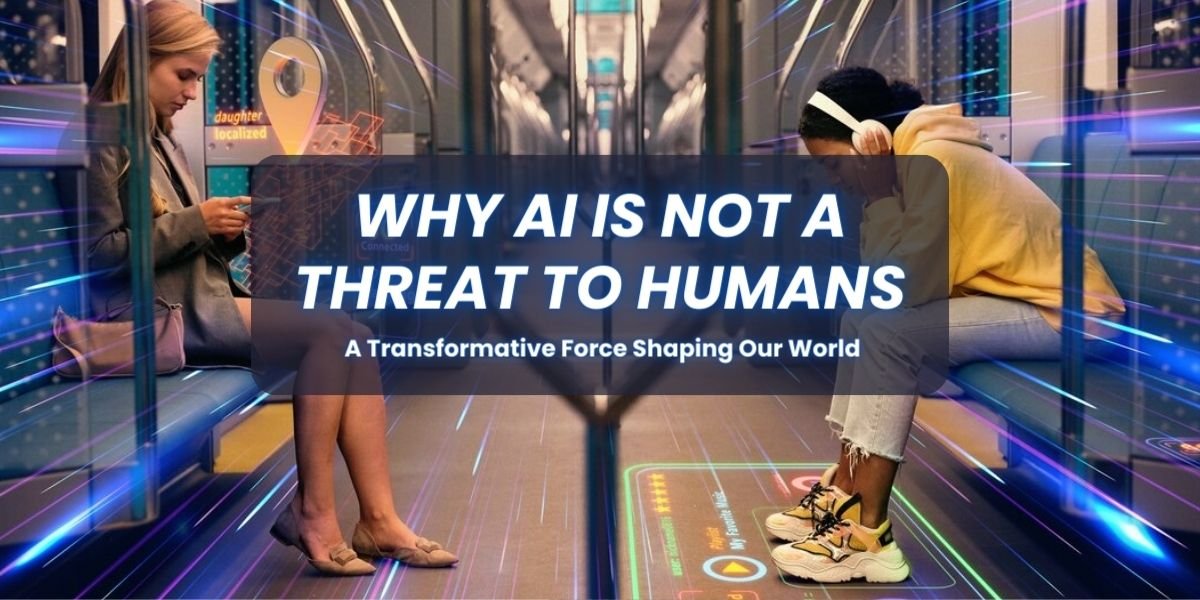

Pingback: The AI Advantage: The Future of AI in Electronics Manufacturing - Meepri
Pingback: The rise of artificial intelligence and its impact on society - Meepri